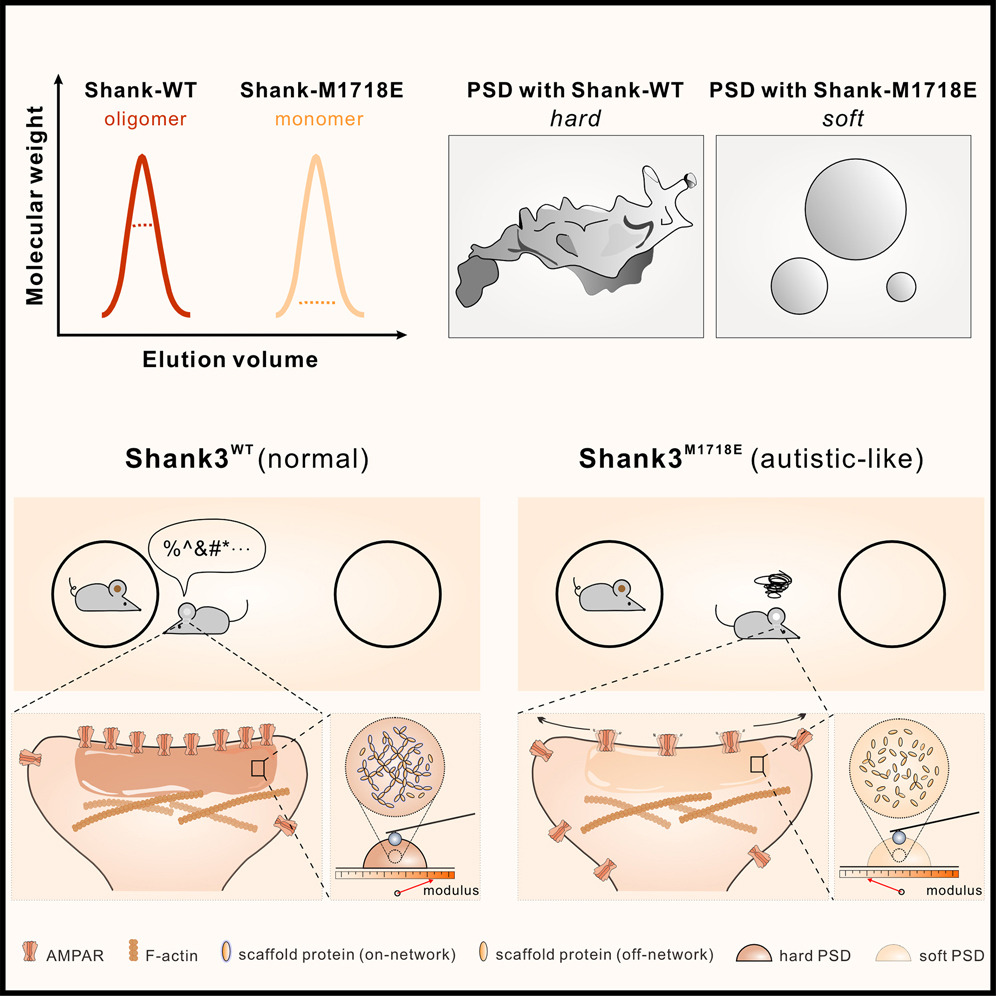The CC1-FHA tandem as a central hub for controlling the dimerization and activation of kinesin-3 KIF1A
2012.09.05Huo, L., Yue, Y., Ren, J., Yu, J., Liu, J., Yu, Y., ... Zhang, M., & Feng, W. (2012). Structure, 20(9), 1550-1561.
Kinesin-3 KIF1A plays prominent roles in axonal transport and synaptogenesis. KIF1A adopts a monomeric form in vitro but acts as a processive dimer in vivo. The mechanism underlying the motor dimerization is poorly understood. Here, we find that the CC1-FHA tandem of KIF1A exists as a stable dimer. The structure of CC1-FHA reveals that the linker between CC1 and FHA unexpectedly forms a β-finger hairpin, which integrates CC1 with FHA assembling a CC1-FHA homodimer. More importantly, dissociation of the CC1-FHA dimer unleashes CC1 and the β-finger, which are both essential for the motor inhibition. Thus, dimerization of the CC1-FHA tandem not only promotes the KIF1A dimer formation but also may trigger the motor activity via sequestering the CC1/β-finger region. The CC1-FHA tandem likely functions as a hub for controlling the dimerization and activation of KIF1A, which may represent a new paradigm for the kinesin regulation shared by other kinesin-3 motors.
- Recommend
-
2025-10-22
IQSEC2/BRAG1 may modulate postsynaptic density assembly through Ca2+-induced phase separation.
-
2025-08-22

Shank3 oligomerization governs material properties of the postsynaptic density condensate and synaptic plasticity.
-
2025-08-21
Modulating synaptic glutamate receptors by targeting network nodes of the postsynaptic density condensate.
-
2025-08-19
Current practices in the study of biomolecular condensates: a community comment.
-
2025-06-10
Phase separation instead of binding strength determines target specificities of MAGUKs.

